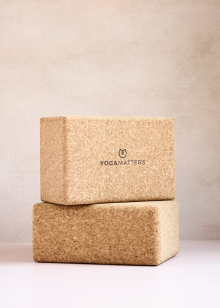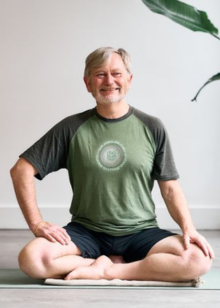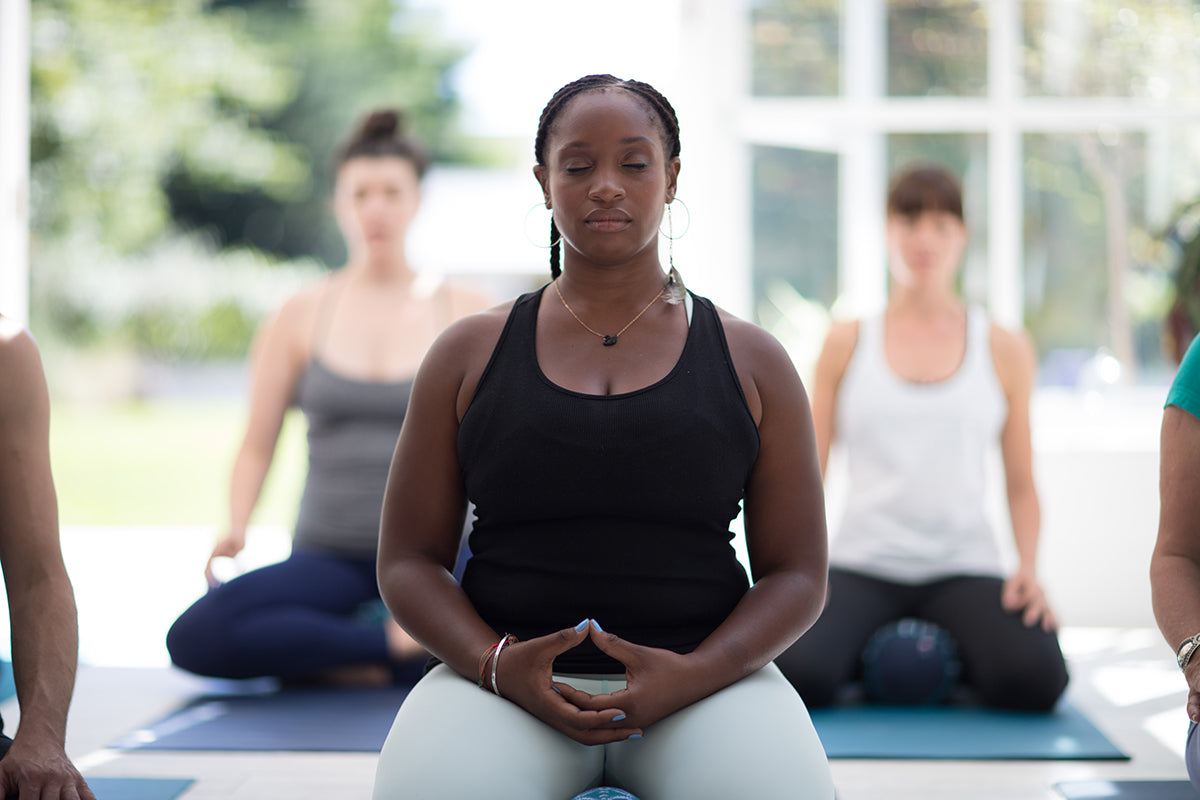At the time of writing this, the season is gradually turning from Summer to Autumn, the vibrant green leaves slowly blurring into yellow, orange and brown, temperatures are dropping and the sun setting a little earlier each day. Indeed, Autumn is definitely a time at which we’re reminded how much a part of life change is.
Whether it’s the change form Summer to Autumn, morning to midday, wake to sleep, or life to death, the turning of time or kala in Sanskrit. is something we’re subject to in every moment. Even one second turning to the next brings miniscule changes, and we’re almost certainly quite different now than we will be in a few decades time. The idea of change and transformation is known in yogic texts and philosophy as Parinama, and the concept of transformation as an inherent part of nature is known as Parinamavada. No matter how tightly we might cling to joy or how deeply we may wallow in sorrow, the one thing to be sure of is that this too shall pass, and what we’re each experiencing right now will transform into something entirely different sooner or later.
Seasons & Sutras
Within the wisdom of Pada 3, the third chapter or ‘book’ of Patanjali’s Yoga Sutras, there’s an understanding that change is a part of life, and learning to accept that change is part of the practice of Yoga. Whilst it might seem like a good idea to live your greatest memories through a perpetual stream of ground-hog days, staying the same keeps us the same, and we only grow through change.
The change of any season is a great way to observe Parinamavada at work. As Autumn arrives, trees drop their leaves and those leaves return to the earth, where they started the first signs of life in the first place. As the trees move from full-life to a state of being dormant and almost hibernating over the colder seasons, they’re preparing to burst into life again come Spring. If the trees didn’t do this, they’d waste valuable energy and nutrients trying to survive conditions that don’t support them. The same goes for us – or at least it would if we listened to our bodies – we take on a habit, or a habitual thought process, and at the beginning this may serve us in some way. After a while though, this way of being and living no longer serves us, and it’s time to let go and change. As humans we’re very good at clinging to things that make us feel good (known in Pali and Buddhism as Tanha – desire, longing, wishing and a sense of greed). Never knowing when enough is enough, and fearful of what might happen if we let go of what makes us happy, we inevitably create more suffering, known as dukha.
The idea that every emotion – even happiness – causes suffering, is prevalent in Yogic literature, and very much so in Buddhist teachings. When we feel happy or joyful about something, this sets off a tiny cycle within the mind, whereupon we begin to feel scared of losing that which makes us happy. If we do lose it (which is pretty much inevitable, since nothing stays the same), we’re sadder than we were before. If however, we can cultivate a state of non-grasping (known as aparigraha in the Yoga sutras), and not being attached to any one thing (known as vairagya , renunciation or detachment), then we begin to flow with the moments, we change as life changes, we dance with the transformations that occur each day, and we actually arrive in the present moment, experiencing it exactly as it is.
The Gunas at Play
The idea of transformation comes up again and again in yogic culture. Shiva is the lord of destruction and transformation – destroying the old to make way for the new. Kali is goddess of similar destruction, but hers is more closely related to our ways of thinking – destroying the ego mind to make way for enlightenment.
As we learn more about ourselves through the practice of yoga, we tend to change as new ideas and realisations help open new spaces in the mind. Even the process of ageing – something many commercial skincare products will try to ‘help’ us escape from or desperately delay – is less a process of ticking off the years, and more a process of revelation. Each year another aspect of ourselves is revealed, each interaction and experience we have reveals a quality about ourselves. Health and wellbeing has far less to do with how much we prevent and push away, and far more to do with how we live in the moment, how we adapt to life’s continual changes and challenges, and whether we can flow like water through the currents – and at time, rapids and storms – of change.
Life’s twists, turns and transformations can be quick and explosive, or slow and sluggish, and much of this is determined by nature itself. Nature’s energies, known as the Gunas, are at play all the time, either in a Rajassic, Tamassic or Sattvic way. We can identify how we’re reacting to change by knowing how it feels to be in any of these three states. A rajassic temperament may mean we’re trying to force change and push forward, it’s the feeling of excitement and impatience, looking ahead into the future but forgetting that right now deserves attention too. A tamassic state may feel like resistance, procrastination or an aversion to change. Putting things off and living in the past, constantly reminiscing and wishing things were ‘how they used to be’ can feel unusually comforting, but it holds us back from living, growing and really being in the moment at all. A sattvic state is recognisable when we accept change as a part of live, and choose to go with it, releasing fear and attachment, past and future, choosing confidently to live in the now.
Hidden Potential
Perhaps one of the most beautiful ways to understand transformation, is that it helps life unfold, and reveals to us all the possibilities we’re born with. Without transformation, we never get to find out what we could be, what we could do, or how things to end up. Through the dropping of leaves and hibernation during Autumn and Winter, nature’s potential to blossom and bloom is even stronger, and when the season transforms again to Spring, we get to see those potentials come into reality.
The sutras speak of latent potentialities – those things we have inside of us that lay waiting until we make use of them. Everything in life, including time, our inner and outer environment, and our relationship with the world around us allows these latent potentialities to come into being. Every challenge we face allows us to live up to our highest potential, everything we’re asked to endure, everything that might seem scary, too big or even something we’re sure we’ve done a thousand times before, allows us to utilise those potentials lying within us. If everything stayed the same, we’d be full of wasted potential, but through the process of change, transformation and Parinama, we reveal our hidden strengths and powers, and our greatest selves.














